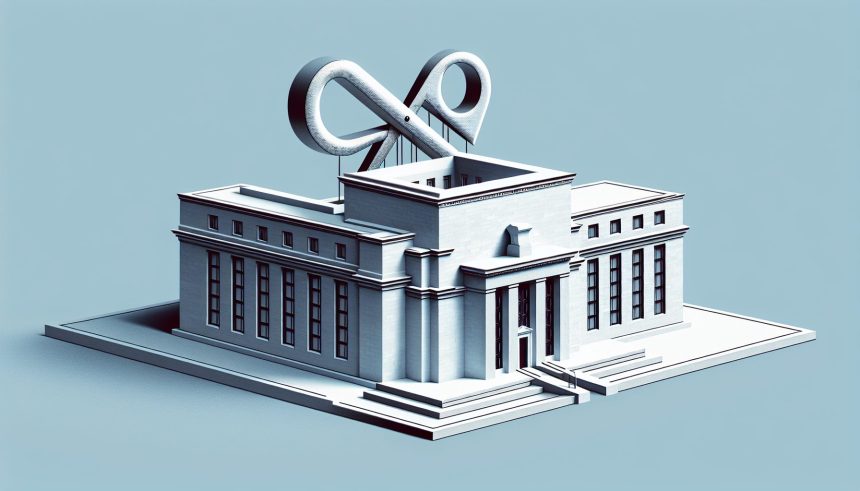Recent discussions within the Federal Reserve underscore a reduced risk of accelerating inflation alongside the need to avoid increasing borrowing costs in the midst of slowing inflation. There appears to be a concerted effort to navigate the delicate balance between potential economic repercussions and the necessity for controlled rate cuts.
A cautious, wait-and-watch approach is being adopted by the Fed. Policymakers are weighing whether recent dips in inflation are transient or indicative of a deeper issue. They emphasize the advantage of flexibility and agility in adjusting their stance based on incoming data.
The minutes reveal the intention behind not ruling out the possibility of future rate cuts. This demonstrates the Federal Reserve’s commitment to maintaining necessary economic stability and growth, even in the face of slowing inflation and potential trade disputes.
Following significant interest rate hikes from March 2022 to July 2023, there is cautious consideration of potential rate reductions. Amidst geopolitical uncertainties and ongoing trade disputes, the Federal Reserve must evaluate economic indicators and assess the possible implications of a rate change.
Evidence points to a clear decrease in consumer prices from a high of 9.1 percent. However, inflation remains above pre-pandemic averages, prompting the Fed to consider several approaches including adjusting interest rates. The goal is to achieve an equilibrium between economic growth and price stability.
Amid slowing price growth, encouraging signs of economic expansion such as better-than-expected hiring, consistent wage increases, and positive retail sales data reassure consumers and businesses. But potential risks such as trade disputes, fluctuations in oil prices, and uncertainty in international markets warrant ongoing vigilance.
Ultimately, the future of the U.S. economy lies in the hands of the Federal Reserve officials. Their cautious stance is not only dictated by the current economic climate but also shaped by their commitment to maintaining a strong and balanced economy. Proactive measures may be needed in future, all while aiming for maximum employment and price stability.
Fed officials perceive significant progress towards achieving long-term inflation goals. Despite uncertainties, the Federal Reserve’s commitment to closely monitoring these uncertainties and adjusting its monetary policy to maintain price stability remains unwavering. They further project a period of relative stability – a positive outlook for consumers and businesses navigating the global financial landscape.







